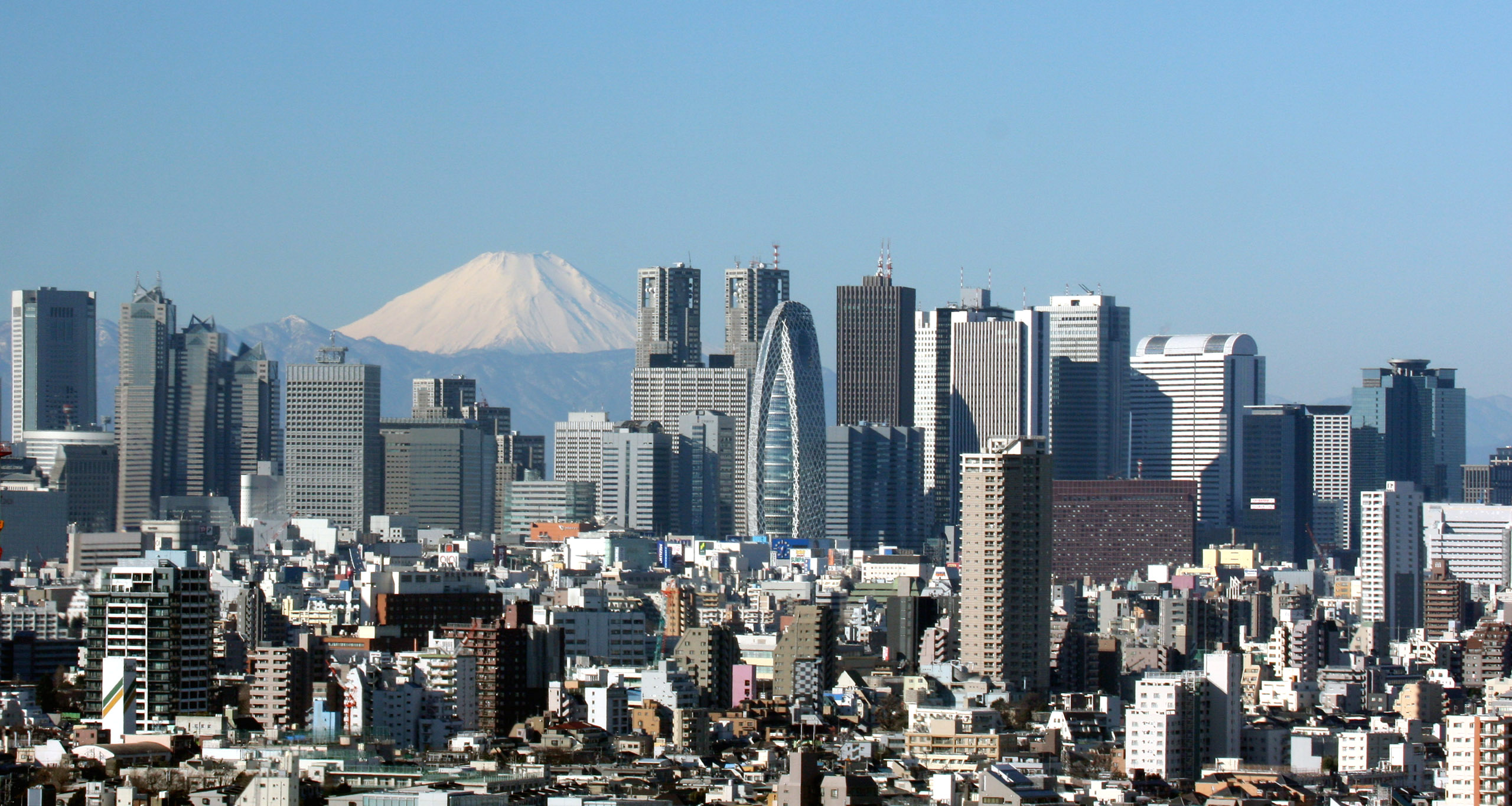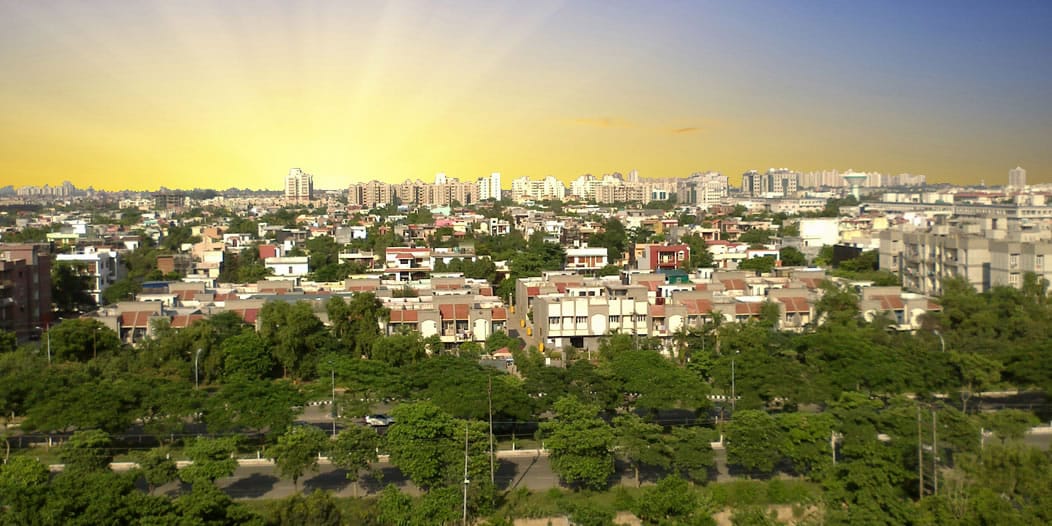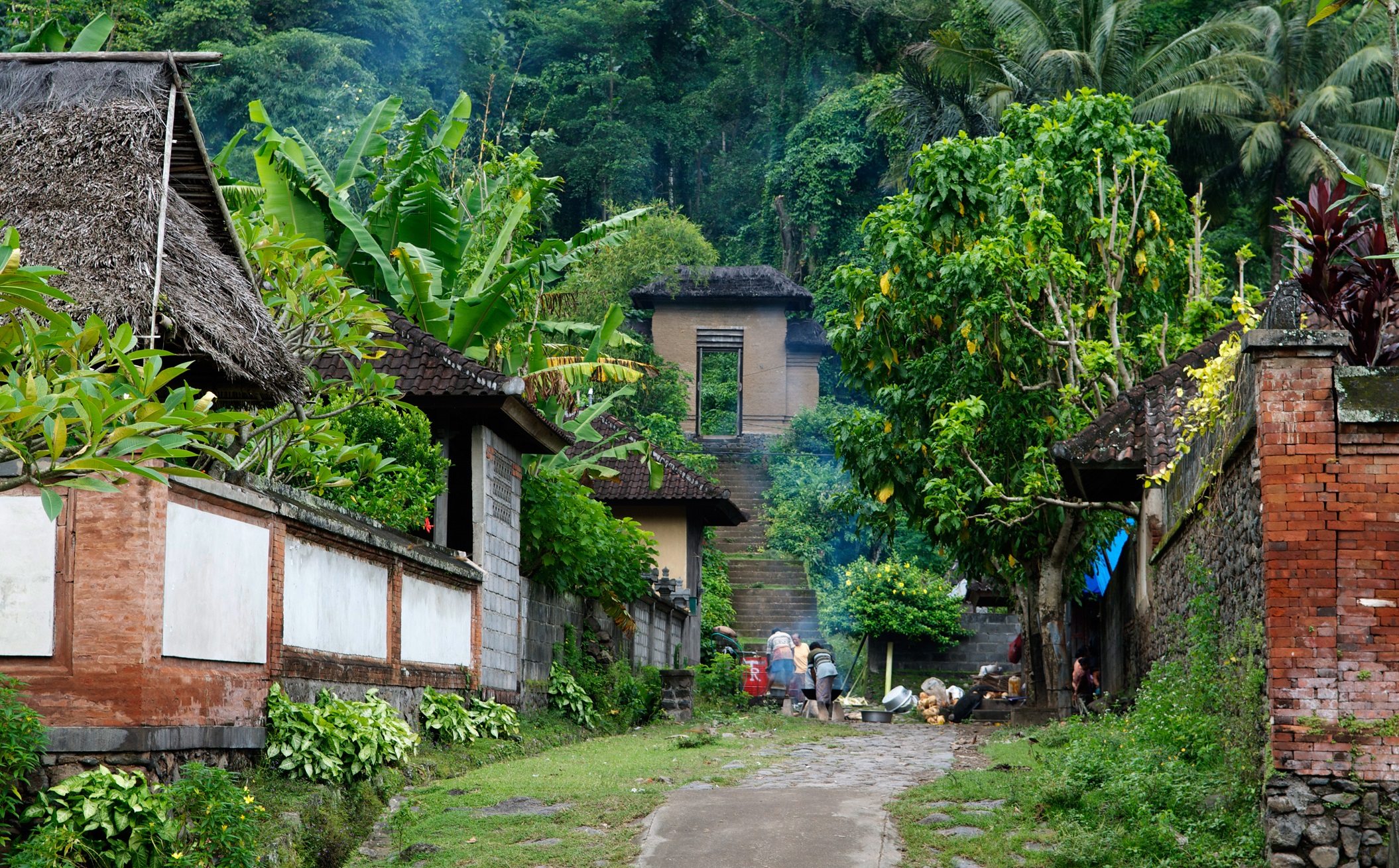The pandemic has rung-in work from home and study from home so a good question doing the social rounds is whether one should opt for staying in a metro or a tier-2 city or a village. Gharpedia brings you a quick low-down about Post-COVID Places.

Until the first quarter of 2020 the realty prices of metros were at an all-time high with practically every household be it upper middle class or middle class or even at the lower rung aspiring to stay specifically in Chennai, Mumbai, Delhi and Kolkata. But then came the pandemic and it brought about a massive change in priorities as metros meant congestion and total dependence on public transportation – which hiked the risk of picking up the virus!

Villages were showcased as role models in the fight against coronavirus because being less populated and replete with agriculture fields maintaining social distancing was an organic process perhaps by default. But then again the less said about the health care facilities available in this segment the better!
So where should one stay? The Gharpedia Team brings for you a brief about the pluses and minuses of all Post-COVID places – metro cities, tier-2 cities and villages – and helps ease the decision-making process for you; along with a quick download on the WfH concept which hand-in-hand with the pandemic has played a pivotal role in the changing workplace and realty dynamics.
The Work from Home Phenomenon

With social distancing and isolation being the only tools to curb the menace of the virus more-and-more organizations irrespective of their size are opting for ‘work from home’ for their team. Not only does it nullify their onus of spreading the pandemic but it also has multiple positive downsides in terms of saving up on – office rent; furniture; space for facilities like parking, lunchroom, washroom, etc; and power and internet consumption. It also presents less of a bother of managing internal office dynamics! Moreover the happiness quotient of the staff is also upped as they are in a safe environment and with their dear ones which indirectly leads to a spurt in their productivity and efficiency as they move towards a better work-life balance; and from the monetary perspective also they are able to save on commuting costs and time apart from having breakfast and lunch with the family.[

In developed nations, WfH has observed a steady incline for more than a decade albeit at a gradual pace – but it has organically escalated in the past few months. Hence no small wonder that more-and- more companies have announced ambitious plans to continue with WfH even post COVID-19 as mentioned below-
- TCS is set to allow 75 per cent of its workforce to work from home by the year 2025
- Facebook has extended its work from home policy until July 2021
- Google will allow its employees to continue working from home until at least June 2021
So with WfH being the norm wherever possible the very reason for people to live in cities, which is to stay near their offices, is fast losing its relevance!
Metropolitan Cities

Rapid urbanization has been a transformative feature of the twenty-first century for mankind. On-board are 29 mega-cities with populations of 10 million-plus with this number anticipated to scale-up to 50 by 2035. Between them, these cities account for around one-seventh of the world’s urban population. By 2050, with the urban population more than doubling its current size, nearly 7 of 10 people in the world will live in cities.

With the expansion of modern industry, these cities have emerged as and a luring factor for rural people to migrate from villages in search of a livelihood, a better standard of living, freedom and wider sources of entertainment. In fact until the COVID-19 pandemic life in a big city has been a dream for many in the hinterland!
Pluses of a Metro:
- More opportunities for growth
- The feeling of being in a ‘happening’ place due to the plethora of amenities and entertainment zones
- Cosmopolitan culture
- No social interference
- Sturdy health, transportation and realty infrastructure
- Uninterrupted electricity and internet supply
Minuses of a Metro:
- Extremely congested
- More slum areas leading to easy spread of diseases
- Dependence on public transportation leading to increase in commuting time
- Exorbitant realty prices and highly compact and small living spaces
- Less open space and green zones
- Steep pollution levels
- Higher cost of living
- Loneliness
- Lack of playgrounds for children
- Steep cost of education
- Lack of time for social or public activities
- Catering to day-to-day needs and petty tasks becomes a time consuming exercise
Tier-2 Cities

These are cities which fall in the next level down from metropolitan cities, and are basically smaller cities, statistically 1 million in population and are usually regional hubs such as state capitals or industrialized centres.
Pluses of Tier-2 Cities:
- Guarantees a better return of investment for entrepreneurs vis-à-vis metros
- Lesser pollution levels
- Better quality of life
- Ease of incorporation and banking services
- Easy access to local authorities
- Reasonably good infrastructure – health, education and transportation
- Spread over less carpet area so facilitates reaching from one point to another
- Attracts more interest from the government in terms of strengthening of civic amenities
Minuses of Tier-2 Cities:
- Poor sanitation and hygiene levels
- Sporadic power and internet supply
- Real estate projects lean towards flats and multi-storey complexes rather than tenements or bungalows
Villages

Village – the very name conjectures up an image of meadows, harvest swaying in the field, a tranquil lake, fresh air and warm and caring people doesn’t it! But hold your horses … there’s another side to the story with a large number of Indian villages which comprises of bad sanitation and hygiene practices, nil or poor internet connectivity, frequent power supply disruptions, torturous and back-breaking roads and alarmingly poor health and education infrastructure to name a few!
Pluses of Villages:
- Perfect blend of privacy with socialization
- Space to grow plants and have pets
- Options to venture on long countryside walks
- Lesser stress levels
- Peaceful environ
- Less pollution
- Less population facilitating adherence to social distancing
- Enough time for social work
- Generates an at-home, secure and comfort feeling
- Time for self-development as one saves on commuting time
- Less need of vehicles and no parking hassles
Minuses of Villages:
- Non-availability of all essentials
- Poor – healthcare, road, education and sanitation facilities
- Sporadic power supply and internet connectivity
- No sources of entertainment like multiplexes, malls et al.
- Abundance of ignorance, prejudice and narrow-mindedness
- Lesser livelihood opportunities
But yes the government is pushing for the ‘smart village concept’ and mobile service providers too are expanding their network in the hinterlands so hopefully with the passing of time villages may overcome their technical glitches…
Conclusion
Undoubtedly COVID-19, along with the herculean health challenge it poses, has brought corrective changes in the course of our lives. Cities are witnessing reverse migration with people moving back to the places where they came from. The government also has floated various initiatives to provide employment to migrant workers near their hometowns. It is evident that post-Covid, everybody may not return to big cities. And pray what harm is there in this? When one can work from a remote location, it seems ridiculous to shell out an exorbitant amount for living in cities where the fear of the pandemic curtails one’s daily sojourn. Realty experts share that there’s been a perceptible drop in the value of real estate in metros; as home buyers are now looking out for spacious houses which can accommodate an office space for WfH and study from home too; and hence are open to move to peripheral areas to have larger and affordable houses. However, workers engaged in retail, manufacturing, healthcare, transport and business services cannot opt for the WfH option; but automation may be a game-changer and motivate a further decline in the number of people living in big cities. Needless to say, diseases shapes cities and rethinking density management is a mandate for survival in the times of the pandemic. Yet a fact which no one can deny is that it is people who lend a place its energy and cosmopolitanism. WfH has provided an opportunity for livelihood at par with metros. With WfH from a village you can perhaps live in half the cost or say at half the salary and of course the rent or EMI would also be far less and that too for a much better and larger house! With more time for personal development and socialisation, villages now provide the best opportunity …provided you are able to manage good educational opportunities for children, as the rest of minuses will be soon taken care of.We hope that you loved our article on post-Covid places to visit. But, when you want to work from home and wish to revamp your home office, do have a look at this informative blog:
And before you take a leave, the working culture is becoming tough these days. Increasing work pressure leads to increasing working hours. This ultimately connects to the office furniture. Ensure that you have ergonomic office furniture. To know in detail about it, read here:
Image Courtesy: Image 2, Image 7
Author Bio
Huta Raval – An English Literature and Journalism Topper, Huta Raval has graduated from the L D Arts College, Ahmedabad. Post serving for 23 years in the NBFC and Public Library Sectors her desire for ‘writing the unwritten’ brought her to the creative field of content writing. Her clientele comprises of NGOs, Blogging Platforms, Newspapers, Academic Institutions, et al.

